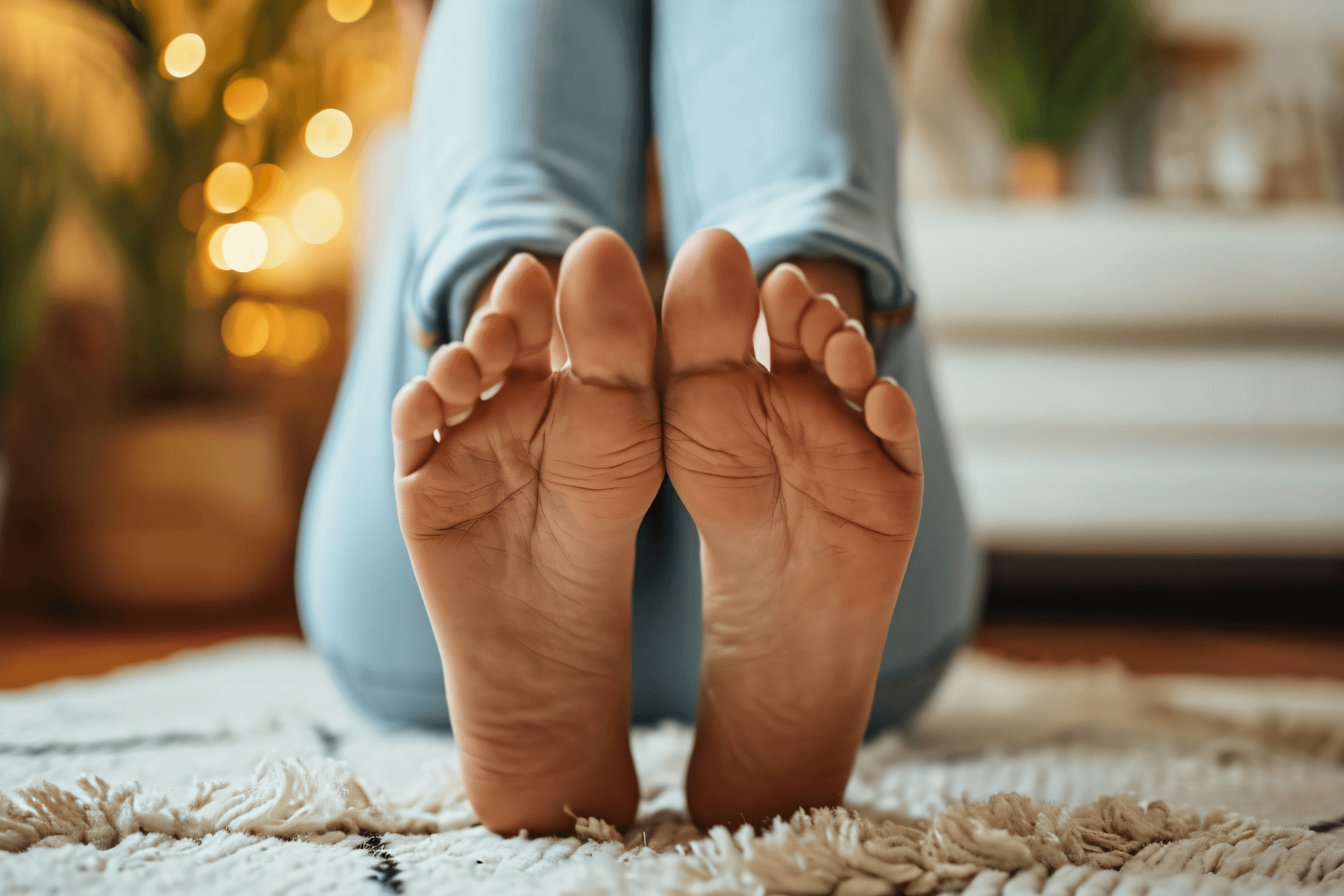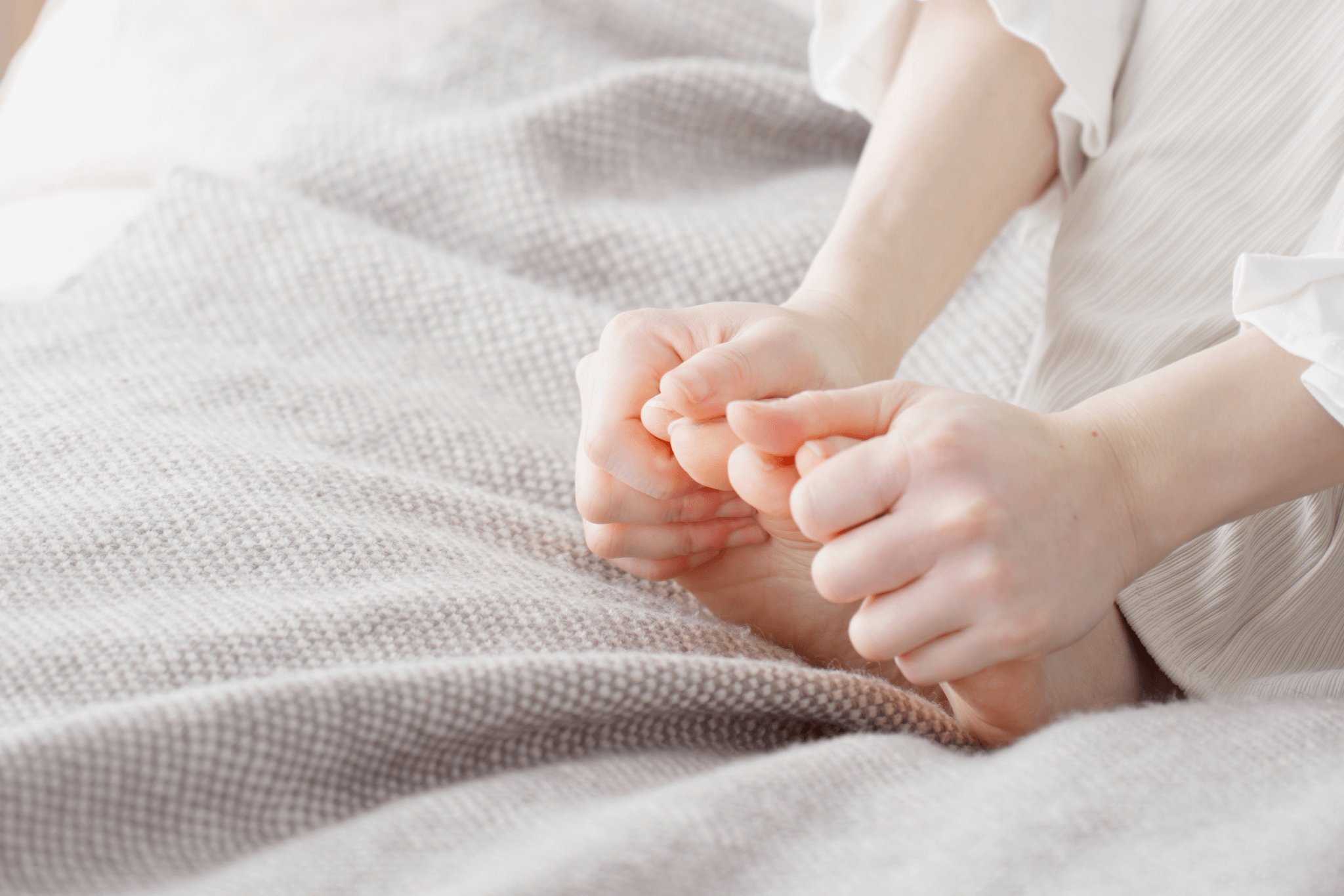Foot Care for Aging Women: Maintaining Mobility and Comfort

Common Foot Issues in Aging Women
Arthritis
Arthritis is a common condition among aging women, characterized by inflammation in the joints. This condition affects the joints of the feet, leading to pain, stiffness, and a reduced range of motion. As the cartilage deteriorates over time, bones may begin to rub against each other, causing discomfort and limiting mobility.
Symptoms: Arthritis in the feet often presents with swelling, tenderness, and significant discomfort in the joints. Women with arthritis may find it difficult to stand or walk for extended periods due to the pain and reduced joint flexibility. This can impact daily activities, from walking to shopping or even simply standing for short periods.
Treatment Options: Managing arthritis-related foot pain typically involves a combination of treatments. Medications, including pain relievers and anti-inflammatory drugs, can help reduce pain and swelling. Physical therapy may be recommended to improve joint function and strength.
Orthotic devices, such as custom insoles or braces, can provide additional support and alleviate pressure on affected joints. Lifestyle modifications, such as maintaining a healthy weight and engaging in low-impact exercises like swimming or cycling, can also help manage arthritis symptoms and improve overall foot health.
Corns and Calluses
Corns and calluses are common foot issues caused by repeated friction or pressure on specific areas of the feet.
Corns are small, localized areas of thickened skin with a hard center, typically found on the toes. They often develop due to ill-fitting footwear that creates friction or pressure on the toe area.
Calluses are larger, more diffuse areas of thickened skin generally found on the soles of the feet. They form as a protective response to repeated pressure or friction.
Risk Factors: Factors that increase the risk of developing corns and calluses include wearing ill-fitting shoes, having foot deformities (such as bunions or hammertoes), and underlying foot conditions like flat feet or high arches. These conditions create uneven pressure on the feet, leading to the formation of corns and calluses.
Treatment Options: Managing corns and calluses involves several strategies. Over-the-counter pads or cushions can reduce friction and alleviate discomfort. Choosing proper footwear that fits well and provides adequate support is crucial in preventing further development of corns and calluses.
Regular exfoliation, using a pumice stone or foot file, can help remove thickened skin and prevent recurrence. For persistent or painful corns and calluses, professional foot care may be necessary to provide relief and address underlying issues.
Plantar Fasciitis
Plantar fasciitis is another common foot issue characterized by inflammation of the plantar fascia, a thick band of tissue running along the bottom of the foot. This condition often causes heel pain, particularly noticeable with the first steps in the morning or after prolonged periods of rest.
Risk Factors: Several factors contribute to the development of plantar fasciitis. Age is a significant risk factor, as the condition is more common in middle-aged individuals. Obesity, poor foot mechanics (such as flat feet or high arches), and repetitive stress from activities like running or standing for long periods can also increase the risk.
Symptoms: The hallmark symptom of plantar fasciitis is sharp or stabbing pain in the heel or arch of the foot. This pain is often most severe with the first steps taken after waking up or after sitting for extended periods. Stiffness and difficulty bearing weight on the affected foot are also common.
Treatment Options: Treating plantar fasciitis typically involves a combination of rest, stretching exercises, and anti-inflammatory medications. Orthotic devices, such as custom insoles or heel cups, can provide additional support and cushioning. Wearing supportive footwear and making lifestyle adjustments, such as avoiding excessive standing or walking on hard surfaces, can help reduce symptoms and prevent further irritation.

Importance of Foot Care for Aging Women
Mobility and Independence
Foot health is directly linked to mobility and independence in older women. Healthy feet enable individuals to perform daily activities, maintain balance, and continue engaging in physical activities. Foot pain or discomfort can severely impact a woman’s ability to move freely, leading to decreased independence and a reduced quality of life.
Maintaining good foot health can help older women remain active and engaged in their daily routines. Regular foot care practices, including proper hygiene, appropriate footwear, and timely medical intervention, are essential for sustaining mobility and independence as we age.
Fall Prevention
Foot problems can significantly increase the risk of falls, which are a major concern for aging women. Conditions such as arthritis, corns, calluses, and plantar fasciitis can affect balance and stability, making falls more likely.
To reduce the risk of falls, it is important to address foot issues proactively. Proper foot care, including regular examinations, appropriate footwear, and maintaining foot hygiene, can help mitigate the risk. Additionally, incorporating balance and strength exercises into your routine can further enhance stability and reduce the likelihood of falls.
Tips for Foot Care in Aging Women
Regular Foot Examinations
Regular foot examinations are crucial for detecting and managing foot problems early. During self-examinations, women should look for signs of discomfort, changes in skin appearance, or abnormalities such as swelling or redness. Early detection and treatment of foot issues can prevent complications and maintain foot health.
Proper Footwear
Choosing supportive and comfortable footwear is essential for aging women. Look for shoes with good arch support, cushioning, and a proper fit to accommodate foot issues and enhance overall comfort. Avoid high heels and narrow shoes, which can exacerbate foot problems and lead to additional discomfort.
Foot Hygiene
Daily foot hygiene practices are important for preventing infections and maintaining healthy feet. Wash and thoroughly dry your feet daily, paying attention to areas between the toes. Apply moisturizer to keep the skin soft and prevent dryness or cracking.
Seeking Professional Help
It is important to seek medical attention if you experience persistent foot pain, swelling, or other issues that impact your daily activities. Our seasoned team can offer specialized treatment options and guidance for managing common foot problems in aging women. Addressing issues early can relieve symptoms and prevent additional complications.
Incorporate these foot care practices into your daily routine to improve your quality of life and maintain mobility and comfort. For personalized advice and treatment, schedule an appointment today.
Prioritizing foot care can significantly enhance your overall well-being and help you enjoy an active and comfortable lifestyle. Don’t wait until problems arise—take proactive steps to care for your feet and embrace a healthier, more independent life.
